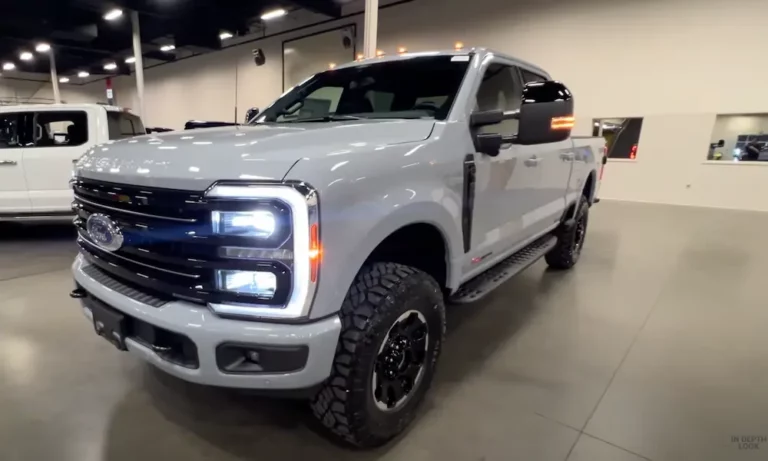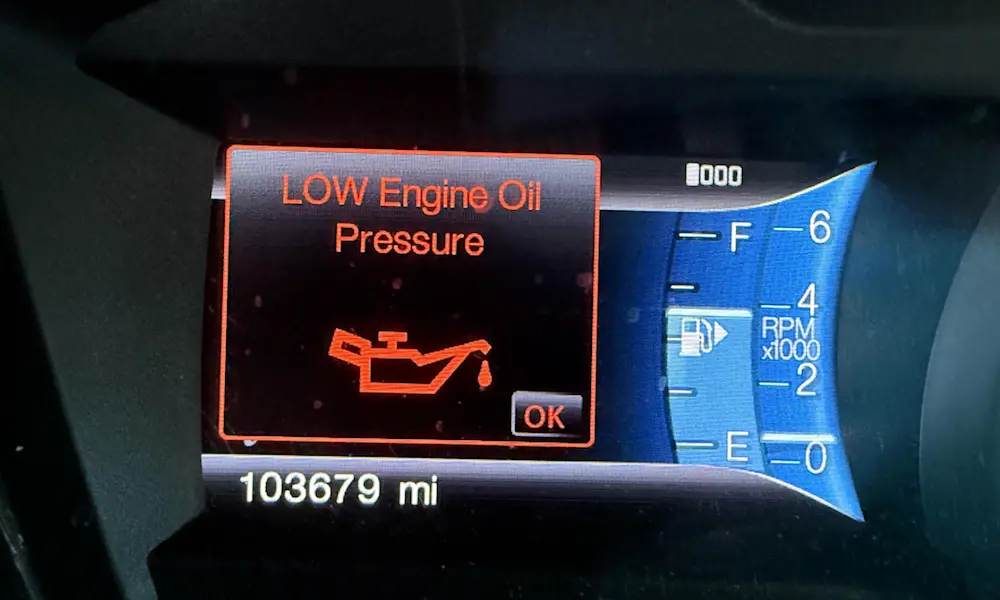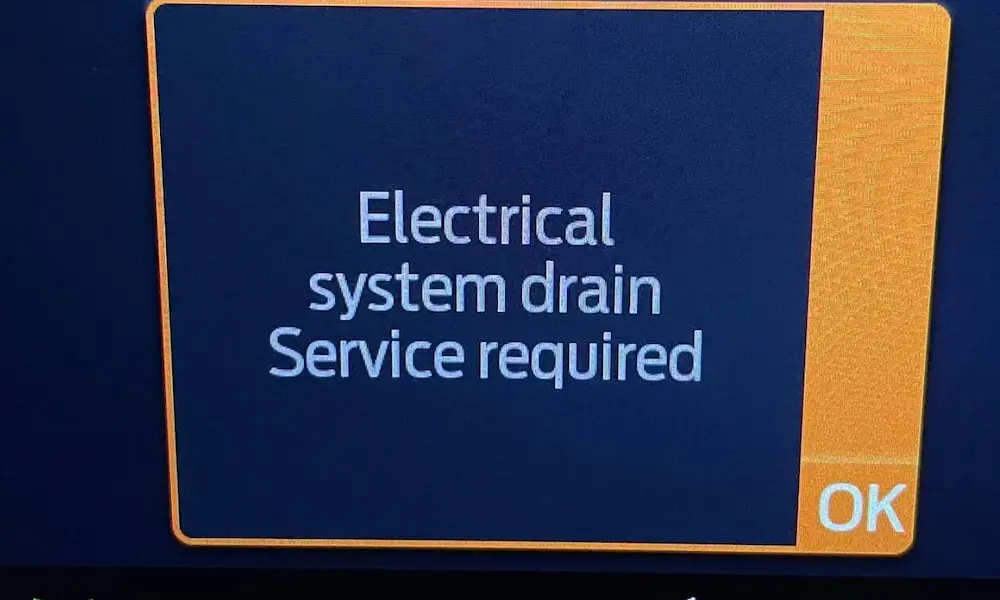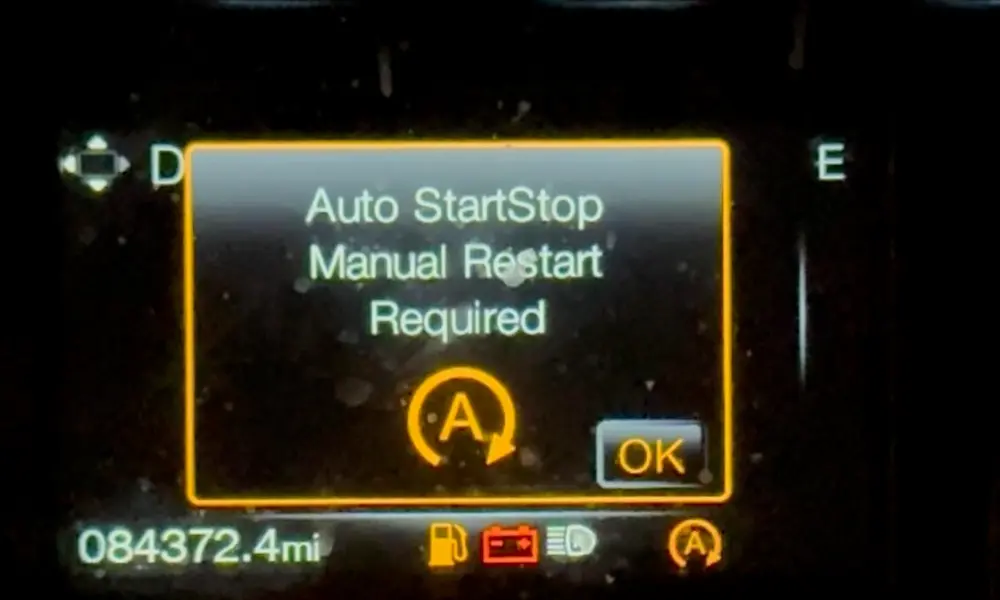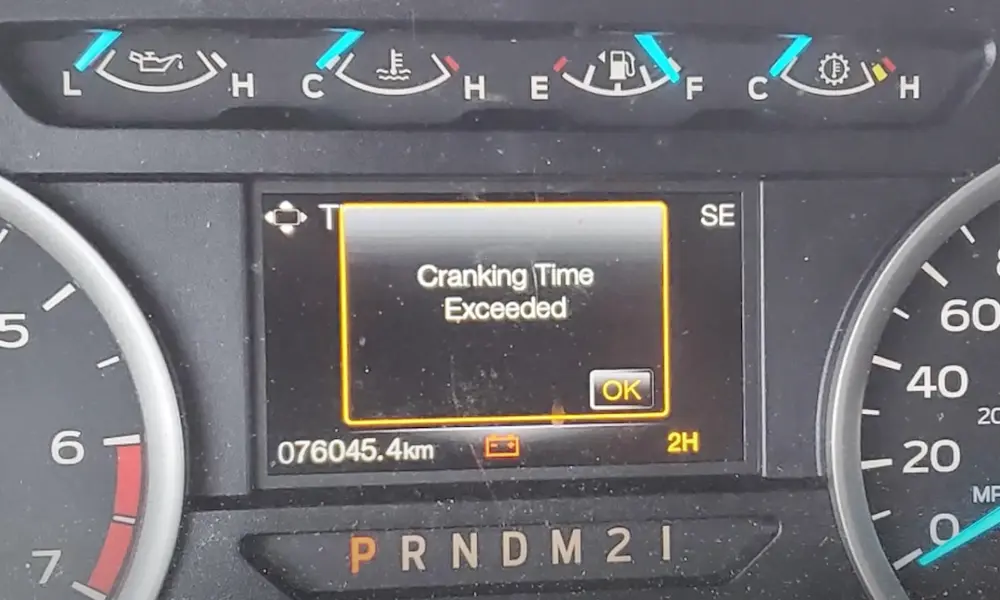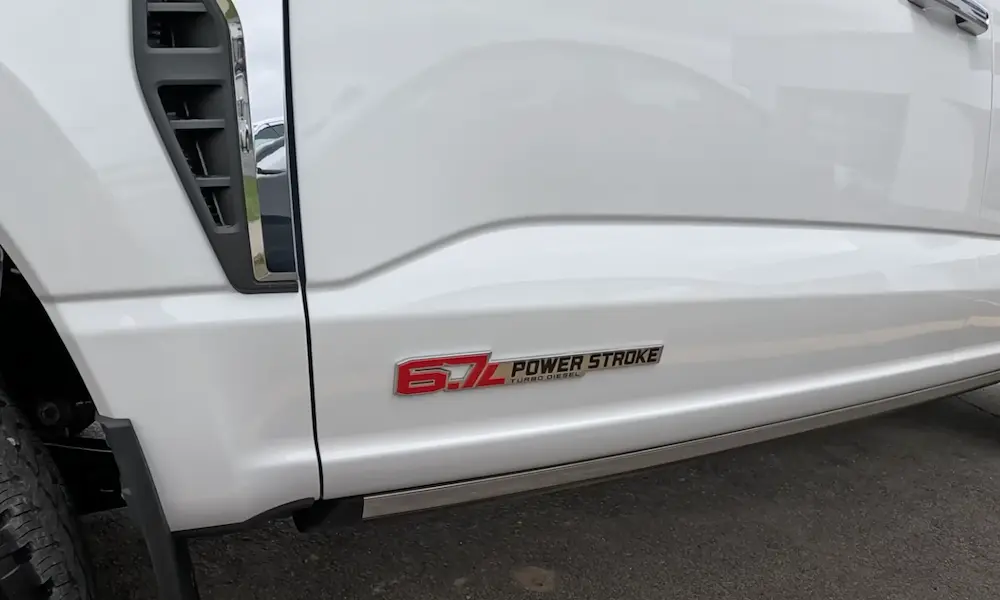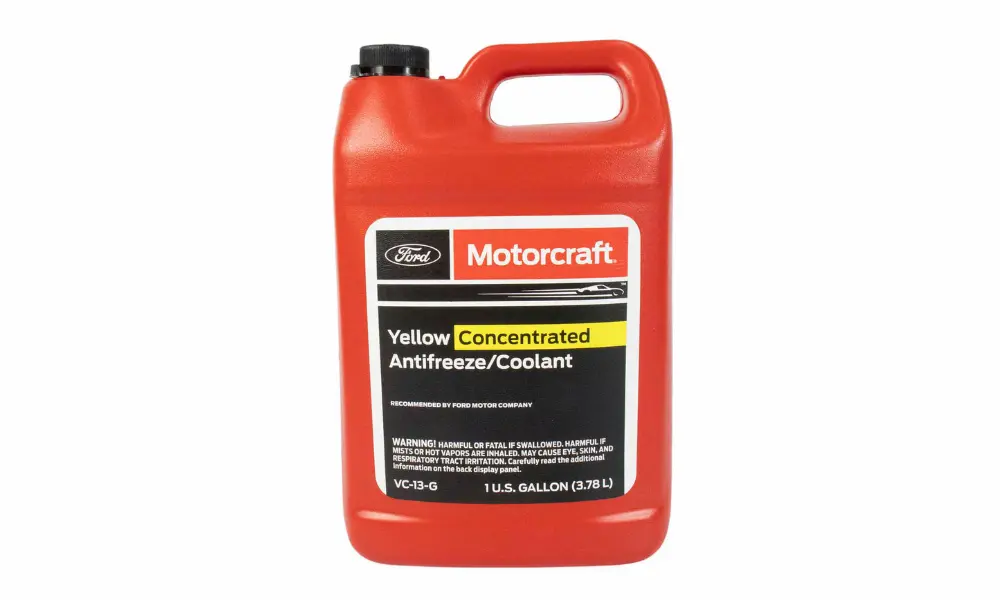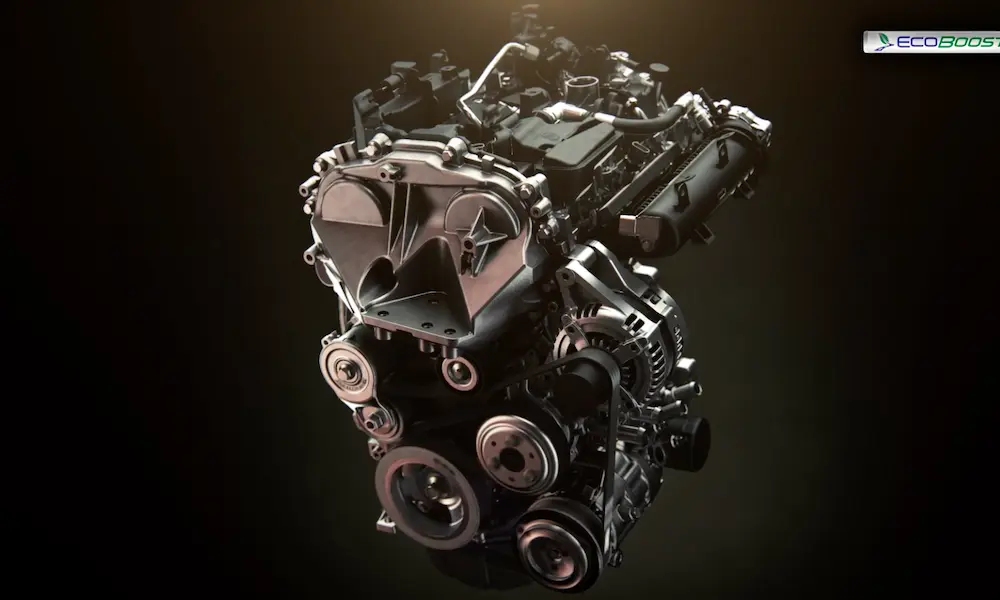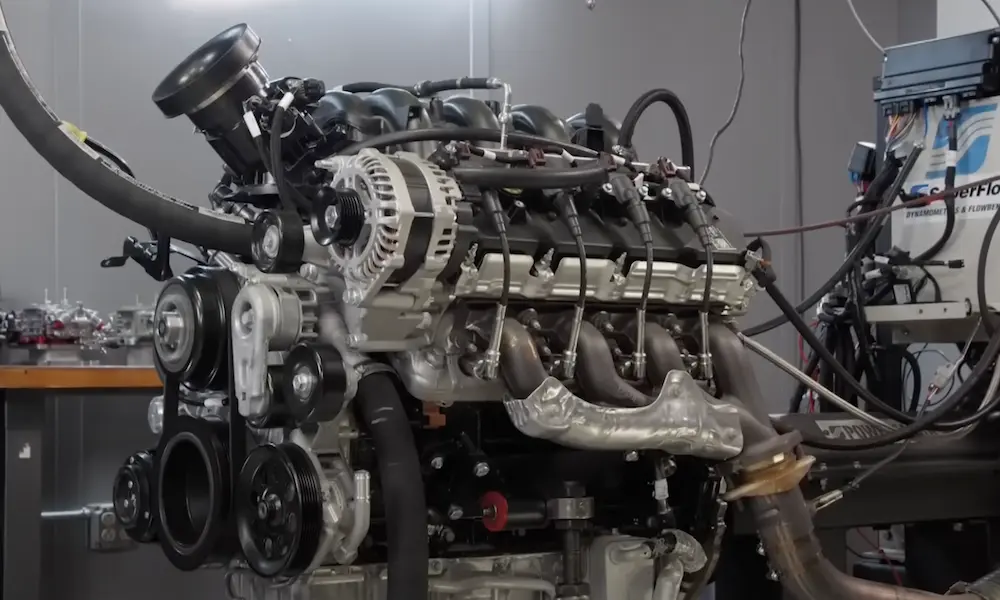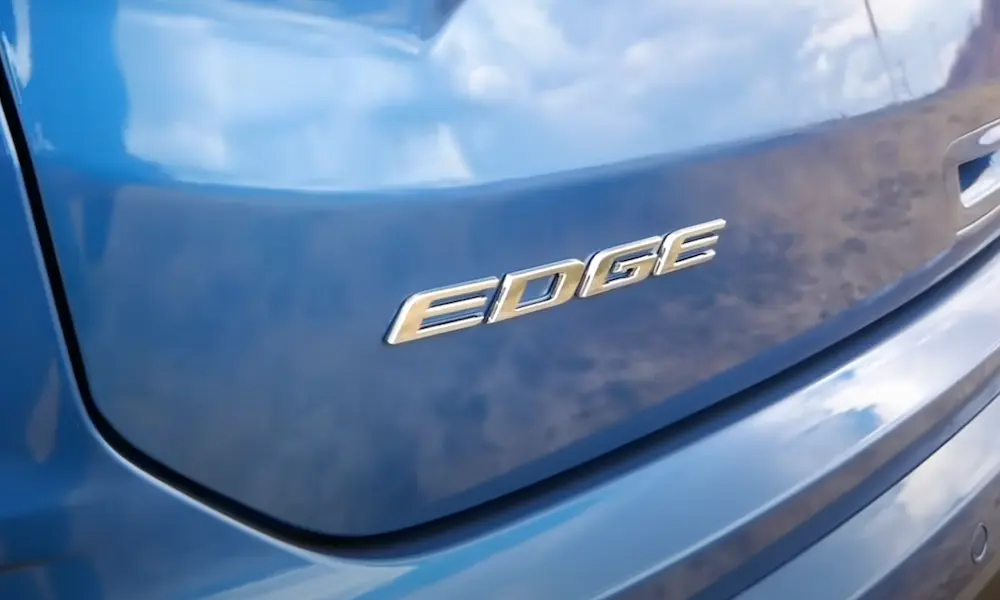You’re cruising down the highway in your Ford F350 when suddenly the steering wheel starts shaking violently in your hands. The entire front end of your truck is vibrating uncontrollably. Your knuckles turn white as you grip the wheel, trying to maintain control. This terrifying experience has a name – the F350 death wobble – and if you’ve experienced it, you know exactly how unsettling it can be.
What Is the F350 Death Wobble?
The F350 death wobble refers to a violent oscillation or shaking that occurs in the front end of Ford F350 trucks (and other Super Duty models). It typically happens at highway speeds when you hit a bump, pothole, or other road irregularity. Unlike normal vibrations, the death wobble creates a self-sustaining, violent shaking that doesn’t stop until you significantly reduce your speed.
This isn’t just an annoying vibration – it’s a safety-critical issue that has sparked class-action litigation against Ford. Many owners report feeling like they’re about to lose control of their vehicle when it occurs.
Why F350 Trucks Are Prone to Death Wobble
The Solid Front Axle Design
Your F350’s solid front axle (SFA) is central to the death wobble issue. Unlike independent front suspension systems, the solid axle design allows vibrations to travel across the entire front end. When one wheel hits a bump, both wheels feel it.
While solid axles provide excellent durability for heavy loads and off-road use, they’re more susceptible to harmonic resonance – when multiple components vibrate at the same frequency, amplifying the effect. Think of it like pushing someone on a swing – if you push with the right timing, the oscillations get bigger and bigger.
Critical Components That Trigger Death Wobble
Several front-end components play key roles in either preventing or allowing death wobble:
- Track Bar/Radius Arm: This bar keeps your axle centered under the truck. When its bushings wear out, the axle can move slightly side-to-side, creating the perfect conditions for wobble.
- Steering Damper/Stabilizer: Works like a shock absorber for your steering system. When it fails, there’s nothing to dampen oscillations.
- Ball Joints: Connect your wheels to the steering system. Worn ball joints introduce play in the system.
- Tie Rods and Drag Links: These components in your steering system can develop looseness over time.
- Wheel Bearings: Worn bearings allow unwanted movement in the wheel hub.
- Caster Angle: This alignment specification greatly affects steering stability. Ford’s factory caster specifications (often between 0.06° and 2.5°) may be insufficient for preventing death wobble.
Diagnosing the Exact Cause of Your F350’s Death Wobble
Before throwing parts at the problem, you need to identify exactly what’s causing your death wobble. Here’s a systematic approach to diagnosis:
Visual Inspection
With the truck safely supported and the wheels off the ground:
- Check for obvious damage or rust on suspension components
- Look for leaking fluid from the steering stabilizer
- Inspect all rubber bushings for cracks, tears, or deterioration
- Examine all bolts and mounting points for tightness
The “Helper Method”
This two-person approach can reveal hidden issues:
- Have someone rapidly turn the steering wheel back and forth while you look for excessive movement in:
- Track bar mounting points
- Tie rod ends
- Drag link connections
- Ball joints
The Pry Bar Test
Using a long pry bar:
- Place it under each tire and attempt to lift—any movement in the ball joints indicates wear
- Apply side pressure to check for wheel bearing play
- Lever against steering components to check for unexpected movement
Alignment Check
Have a professional check your truck’s alignment, specifically focusing on:
- Caster angle (ideally 2.5°–4° for stability)
- Toe setting (incorrect toe can cause wandering and lead to death wobble)
- Camber (should be within specifications)
The Step-by-Step Fix for F350 Death Wobble
Based on extensive research and owner experiences, here’s the most effective approach to permanently solving death wobble, arranged in priority order:
1. Correct Your Caster Angle
Insufficient caster angle is frequently the root cause or a major contributor to death wobble.
- Install adjustable caster bushings to achieve at least 2.5° of positive caster
- Caster correction improves the self-centering action of your steering
- This modification alone often resolves death wobble even without other repairs
2. Address Track Bar Issues
The track bar is perhaps the most common death wobble culprit:
- Replace worn OEM bushings with high-durometer polyurethane alternatives
- Consider a complete track bar upgrade kit that eliminates play
- Ensure all mounting points are tight and in good condition
- Look for a design that includes a steel sleeve to eliminate bushing compression
3. Upgrade Steering Components
If death wobble persists after addressing caster and the track bar:
- Replace tie rod ends with greaseable, heavy-duty alternatives
- Install a new drag link if play is detected
- Replace ball joints if any movement is found during testing
- Consider upgrading to a dual steering stabilizer system, but only after fixing the underlying issues
4. Check Wheel Bearings and Alignment
These often-overlooked factors can contribute to death wobble:
- Replace wheel bearings if any play is detected
- Ensure proper wheel balance (imbalances greater than 0.25 oz can trigger wobble)
- Maintain proper tire pressure (60-80 PSI for dually models)
- Complete a professional alignment after all repairs
Comprehensive Maintenance to Prevent Death Wobble
Once you’ve fixed the immediate issue, implement these preventative measures:
Regular Inspection Schedule
- Check all front end components every 5,000 miles or before long trips
- Look for fluid leaks from the steering stabilizer
- Examine rubber bushings for deterioration
- Test for play in all steering and suspension joints
Lubrication and Maintenance
- Grease all fittings according to Ford’s recommended schedule
- When replacing parts, choose greaseable components when available
- Consider upgrading to more durable aftermarket parts during regular replacements
Alignment Best Practices
- Get an alignment annually or after any suspension work
- Specify increased caster (3°-4° is ideal) when getting alignments
- Maintain proper toe settings to reduce tire wear and wandering
The Cost vs. Benefit Analysis of Death Wobble Repair
Addressing death wobble isn’t cheap, but the alternative is worse. Here’s what you can expect:
DIY Repair Costs
| Component | Average Cost | DIY Difficulty |
|---|---|---|
| Track Bar Upgrade Kit | $150-$350 | Moderate |
| Adjustable Caster Bushings | $100-$200 | Difficult |
| Steering Stabilizer | $80-$150 | Easy |
| Ball Joints (set) | $120-$300 | Difficult |
| Tie Rod Ends | $80-$200 | Moderate |
| Professional Alignment | $100-$150 | Professional |
Professional Repair Costs
Having a shop do all the work typically costs between $800-$1,500 depending on:
- The specific cause of your death wobble
- Whether you choose OEM or aftermarket parts
- Your local labor rates
- How many components need replacement
The Legal Angle: Class Action Lawsuits
If you own certain model years of F350 (particularly 2005–2007 and 2017–2019), you might be eligible for compensation through class action litigation. A November 2024 ruling certified a class action covering these models in eight states. Plaintiffs allege Ford concealed design defects while denying warranty claims.
Aftermarket Solutions That Actually Work
The market is flooded with “death wobble fixes,” but these solutions have proven track records:
Track Bar Upgrades
- Moonlight Diesel’s track bar fix uses polyurethane bushings and a steel sleeve
- Carli Suspension offers complete track bar systems with precision machined ends
- Synergy Manufacturing produces heavy-duty track bars with adjustable mounting
Caster Correction
- Carli Suspension radius arm caster shims are well-regarded
- SuperLift makes caster adjustment kits that are more affordable
- Stage 3 Motorsports offers multiple caster correction options
Steering Stabilizer Systems
- Bilstein makes heavy-duty single and dual stabilizer kits
- Fox offers performance-oriented stabilizers that handle extended off-road use
- Dual stabilizer kits provide redundancy and greater dampening than single units
Myths About F350 Death Wobble – Busted
Several misconceptions about death wobble persist in owner forums and shops:
Myth: A Steering Stabilizer Alone Will Fix Death Wobble
Reality: The stabilizer only masks symptoms temporarily. It’s like taking painkillers for a broken leg – it might feel better, but the underlying issue remains. Always address the root cause first.
Myth: Death Wobble Only Affects Lifted Trucks
Reality: While lift kits can exacerbate death wobble by changing geometry, completely stock F350s experience it too. It’s a design characteristic of solid front axle systems, not just modified trucks.
Myth: Once Fixed, Death Wobble Never Returns
Reality: Without ongoing maintenance, components wear and death wobble can return. Regular inspection and preventative replacement are essential for keeping it at bay.
Myth: Death Wobble is Just Cosmetic and Won’t Damage Your Truck
Reality: The violent oscillations put extreme stress on your steering and suspension components, accelerating wear and potentially leading to premature failure. It can also lead to dangerous driving situations.
Long-Term Strategies for F350 Owners
If you plan to keep your F350 for many years, consider these long-term approaches:
Upgrade During Regular Maintenance
Instead of waiting for failures, proactively replace vulnerable components with upgraded versions during scheduled maintenance.
Consider Complete Suspension Systems
Companies like Carli Suspension, Icon, and BDS offer engineered suspension packages that address multiple death wobble factors simultaneously.
Document Everything
Keep detailed records of all repairs, especially if you’re experiencing repeat issues. This documentation may be valuable for warranty claims or if you become eligible for class action settlements.
Stay Informed
Join owner forums like PowerStroke.org where F350 owners share experiences and solutions. New products and fixes emerge regularly as the aftermarket continues addressing these issues.
By understanding the causes, diagnosing accurately, and implementing comprehensive fixes, you can conquer the F350 death wobble and get back to enjoying your Super Duty truck with confidence. Remember that addressing the underlying geometry and component integrity issues will always be more effective than simply masking symptoms.

